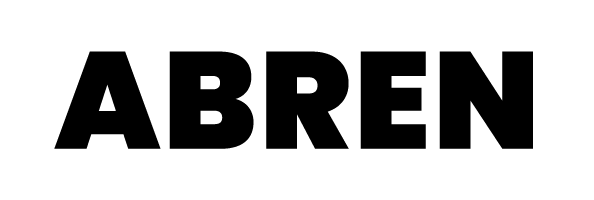|
Getting your Trinity Audio player ready...
|
As Tigray strives to overcome the aftermath of conflict and rebuild its future, the divisions between the interim government and TPLF hardliners remain a significant obstacle.
Tigray, a region in northern Ethiopia, has been at the center of political turmoil and conflict. Most recently, friction between the Tigray People’s Liberation Front (TPLF) hardliners, led by Debretsion Gebremichael, and the region’s interim government, headed by Getachew Reda, have complicated efforts to restore stability and rebuild the region.
The TPLF, once a powerful political force in Ethiopia has suffered a significant loss of fortune following the rise of Prime Minister Abiy Ahmed’s administration in 2018. The subsequent marginalization of the TPLF led to rising tensions, ultimately culminating in armed conflict in Tigray in November 2020. Two years later the war ended with the TPLF’s military defeat, and on terms favorable to the federal government.
Following the Cessation of Hostilities Agreement (CoHA) between the government of Ethiopia and the TPLF, the northern most region of Tigray has been governed by the an interim administration, led by Getachew Reda, who is seen as a relatively moderate figure by the federal government. Mr. Getachew’s camp also includes senior military leaders of Tadesse Worede and Tsadkan Gebretinsae. This group has the relative support of the African Union as well as the United States, however it does not fully control the regions civil servants and bureaucrats, who are increasingly becoming unruly.
While both Getachew Reda and Debretsion Gebremichael come from the TPLF’s central committee, their political ideologies and strategies for the future sharply differ, contributing to the ongoing divisions within the region. Among the competing factions, Getachew’s team is of the younger generation, less tainted by the ideologically dogmatic debates of an old guard still largely in control of political affairs. These fissure have continued to expand of late, with both factions actively seeking to sabotage the other.
Following recalcitrance by hardliners allied with Debretsion, interim governor Getachew sacked senior officials of the Tigray administration, accusing them of impeding his administration. The dismissals have the tacit support of the federal government.

In what appears to be tit for tat retaliation, reports indicate Debretsion’s faction has orchestrated a prison break in Mekelle city today. The move seems to be aimed at sowing more instability and disorder to complicate matters for the interim government led by Getachew. Following this event federal security forces have stepped up vigilance in the region. Arrests of those involved may be coming.
- Interim Government’s Vision: Getachew Reda, serving as the spokesperson for the Tigray interim government, has advocated for a more collaborative approach with the Ethiopian federal government. Reda emphasizes the importance of diplomatic solutions and negotiations to address the region’s challenges. The interim government aims to rebuild Tigray, restore essential services, and ensure the well-being of its residents.
- TPLF Hardliners’ Stance: In contrast, Debretsion Gebremichael and the TPLF hardliners remain skeptical of engagement with the federal government, viewing it as an existential threat to Tigray’s autonomy. They argue for a more assertive stance, including resisting federal intervention, securing lost territories, and possibly seeking international support for their cause of out right cessation from Ethiopia.
Challenges to Reconciliation:
The divisions between the Tigray interim government and TPLF hardliners present significant challenges to achieving reconciliation and stability in the region. The lack of a unified front hampers efforts to address urgent humanitarian issues, post conflict reconstruction, and establish lasting peace.
- Humanitarian Crisis: Following the suspension of international humanitarian aid to internally displaced people in Ethiopia, Tigray continues to grapple with food shortages. The lack of a cohesive leadership approach exacerbates these challenges, hindering the effective distribution of aid and the implementation of sustainable solutions.
- Political Vacuum: The absence of a united leadership in the interim government creates a political vacuum, leaving the region vulnerable to more conflict. Establishing a common ground between the interim government and TPLF hardliners was tried in past months, but seems to be unyielding so far. Perhaps recent pressure coming from the federal government to move the needle has forced the hand of the interim government to take action in sidelining recalcitrant leaders within it.
Conclusion:
As Tigray strives to overcome the aftermath of conflict and rebuild its future, the divisions between the interim government and TPLF hardliners remain a significant obstacle. Bridging these gaps and fostering a collaborative approach is essential to address the immediate humanitarian crisis, restore stability, and pave the way for a more prosperous future. Planned National Dialogue and diplomatic efforts may play a crucial role in facilitating dialogue and finding common ground between the two factions for the greater good of the region.











You must be logged in to post a comment.